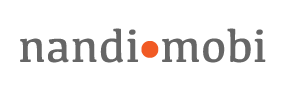Extrafiction
Does fiction follow function?
How does context affect text?
Extrafiction is a conceptual framework encapsulating works, research, design and development by Alok b. Nandi, in the areas of analogical and digital texts, at the interzone of art & sciences, design & technology. Extrafiction is a term coined by Alok Nandi, after his works in “transfiction” (a mixed realities platform) and “hyperfiction” (a.o. the awarded web mise-en-scène urbicande.be directed from 1995 to 2003, based on the concept of a narrative labyrinth, adapted from the series Obscure Cities, by Schuiten-Peeters, published by Casterman).
Louis Sullivan, mentor to famous architect Frank Lloyd Wright, once noted that, in architecture, form should follow function; a building should be designed to suit its purpose. The phrase “form follows function” was coined in 1918 by American architect Louis Sullivan, who wrote that if “a building is properly designed, one should be able with a little attention, to read through that building to the reason for that building.” Designers (products, industrial, newspapers, cars , websites, …) have since adopted this as a valuable mantra. Frank Lloyd Wright extended the idea to argue that form and function are one, and his architecture is famous for successfully implementing that.
Hence, in a networked environment where architecture meets storytelling with or without technologies, what narratives and imaginary spaces are architectured ? are articulated ?
How function is “extra”polated, remediated into fiction ?
What are the emerging patterns in praxis ?
Extrafiction is aiming to look at this …, to explore …
